The birth of the pilot legal corridor, specifically Resolution 05/2025/NQ-CP, is not only an affirmation of the recognition of a vibrant capital market but also a strategic step to transform potential into a driving force for double-digit economic growth, bringing Vietnam closer to the role of a regional digital financial center.
On October 2, within the framework of the National Innovation Day, the Forum "Digital Asset Market: From Trend to Breakthrough" was jointly organized by the Ministry of Finance , the Ministry of Science and Technology, the State Securities Commission and the Vietnam Blockchain and Digital Asset Association (VBA).
The event painted a multi-dimensional picture where opportunities and challenges go hand in hand in shaping one of the most innovative and disruptive economic sectors today.
Global wave and vibrant practice in Vietnam
The world is in the era of tokenization: “The emergence of real asset tokenization (RWA) is equivalent to the emergence of mutual funds in the 70s or ETFs (a type of investment fund listed and traded directly on the stock exchange) in the 90s.
Forecasts from prestigious organizations such as Boston Consulting Group (BCG) show that the RWA market size could reach 19,000 billion USD by 2033, accounting for more than 10% of global GDP,” said Mr. Phan Duc Trung, Chairman of the Vietnam Blockchain & Digital Assets Association (VBA).

Mr. Phan Duc Trung, Chairman of the Vietnam Blockchain and Digital Asset Association, presented the legal picture and global asset tokenization trends at the event (Photo: VBA).
This trend is no longer theoretical. Financial giants like JPMorgan already operate tokenized collateral networks with a cumulative trading volume of over $1.5 trillion.
Hong Kong (China) has also successfully issued 6 billion Hong Kong Dollar (HKD) multi-currency green bonds on Blockchain.
Joining that flow, Vietnam has emerged as a bright spot. The Asia-Pacific region has seen transaction value triple in just 30 months, and Vietnam now ranks third in the region with crypto asset inflows exceeding $220 billion, up 55% year-on-year.
However, this rapid growth also comes with its “dark side”. Most Vietnamese transactions still take place on international exchanges or anonymous “black markets” on social networks, where groups with hundreds of thousands of members buy and sell crypto assets without control.
This situation not only causes tax losses but also creates fertile ground for high-tech crimes, money laundering and terrorist financing, raising the urgent need for a transparent legal corridor.
"Filter" shapes the new playing field
In that context, the Government's issuance of Resolution 05/2025/NQ-CP on piloting the crypto asset market on September 9 is considered the first and important legal foundation.
According to Mr. To Tran Hoa, Deputy Head of the Market Development Department of the State Securities Commission, the resolution is built on the principle of "prudence, control, and roadmap". The main goal is to establish an initial legal framework, collect practical data, protect investors, attract foreign capital and especially prevent illegal activities.
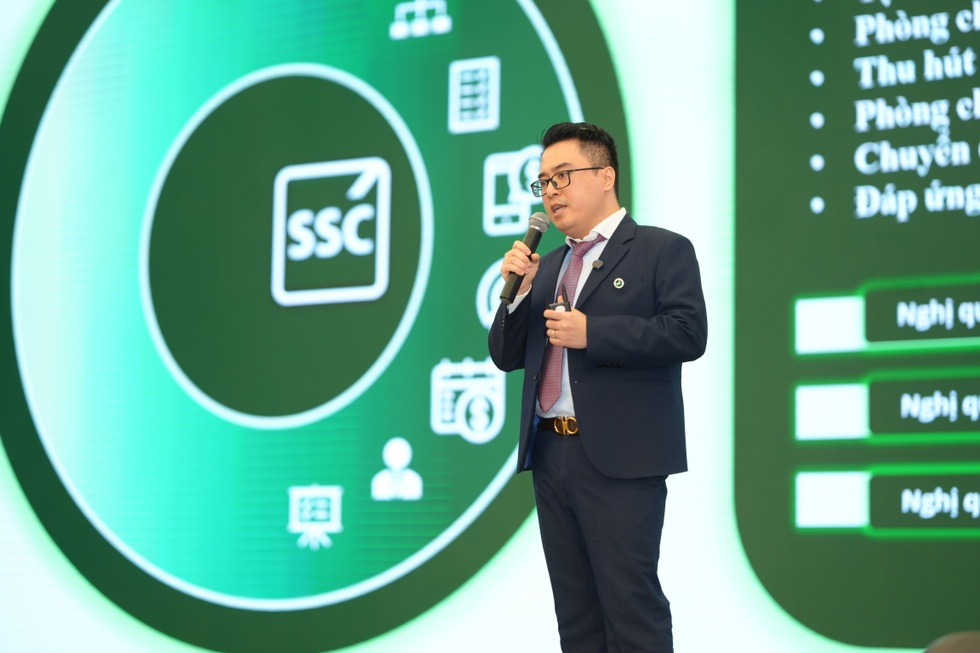
The resolution is built on the principle of "prudence, control, and roadmap". The main objectives are to establish an initial legal framework, collect practical data, protect investors, attract foreign capital, and especially prevent illegal activities.
Resolution 05 acts as a strong "filter" with strict regulations for crypto asset service providers (VASPs) including:
Financial capacity: Minimum charter capital of 10,000 billion VND.
Ownership structure: Foreign investors' ownership ratio must not exceed 49% and must have the participation of reputable financial institutions such as banks, securities companies, and fund management companies.
Technology security: The infrastructure must meet level 4 security standards, a very high level, to protect investors' assets from cyber attacks.
Scope of issuance: During the pilot phase, only Vietnamese enterprises are allowed to issue crypto assets and only to foreign investors. Mr. Hoa explained that this is a necessary step to protect the domestic investment public, which needs more time to equip themselves with knowledge about a new and potentially risky market.
This mechanism is expected to eliminate unsustainable business models, build trust and help the Vietnamese market integrate with international standards.
Efforts to leave the “Gray List”
One of the biggest drivers behind the development of a legal framework is the fight against crime and international commitments to combat money laundering.
Lieutenant Colonel Nguyen Thanh Chung, Deputy Head of Department 4, Department of Cyber Security and High-Tech Crime Prevention (A05) - Ministry of Public Security - said that Resolution 05 and the Law on Digital Technology Industry will be an important basis to help increase the effectiveness of technology crime prevention.
“Crypto assets are being exploited to illegally raise capital and conduct other illegal activities in cyberspace, potentially affecting national security, social order, tax losses and the macro management of the State Bank and the Government,” said Mr. Nguyen Thanh Chung.
According to statistics, in 5 years, from December 15, 2019 to May 14, 2024, authorities discovered nearly 20,000 fraud cases, involving more than 17,000 subjects, causing losses of over 12,000 billion VND.
In cases of fraud and property appropriation on the internet, most of the money obtained from crime is converted into crypto assets through peer-to-peer trading and exchanges organized on international exchanges such as Binance, HTX, OKX, etc. with daily transaction values reaching thousands of billions of VND.
Notably, most of the proceeds of this crime were converted into crypto assets through international exchanges to launder money, erase traces and transfer abroad, causing many difficulties for the investigation.

Ms. Nguyen Thi Minh Tho, Deputy Director of the Anti-Money Laundering Department, State Bank (Photo: VBA).
From an international perspective, Ms. Nguyen Thi Minh Tho, Deputy Director of the Anti-Money Laundering Department (State Bank) said that Vietnam is on the "Gray List" of the Financial Action Task Force (FATF) from June 2023. One of the key requirements of FATF is that Vietnam must build a legal framework to regulate the virtual asset market.
The national risk assessment report has classified virtual asset-related services as having a “Medium-High/High” risk level for money laundering.
As a result, Resolution 05 has imposed very strict anti-money laundering (AML/CFT) requirements on organizations providing crypto-asset services.
According to Ms. Nguyen Thi Minh Tho, these organizations not only have to comply with regulations like a traditional financial institution but also have to fulfill specific requirements:
Implement strict know-your-customer (KYC) procedures. Monitor transactions worth $1,000 or more, much lower than the VND400 million threshold of traditional financial institutions. Store records and data for at least 10 years. Develop a process for reporting suspicious transactions and forwarding them to the Anti-Money Laundering Department.
Putting transactions under management not only helps authorities track criminals but also directly protects users' rights when disputes arise.
Challenges ahead
Although the legal corridor has been opened, the road ahead still has many challenges. Mr. Phan Duc Trung pointed out the complex problems that need to be solved.
First is the issue of liquidity and international connectivity, allowing only transactions in Vietnamese Dong and limiting it to foreign investors may reduce the attractiveness of the market in the early stages. How 5 licensed exchanges in Vietnam can connect with more than 800 exchanges globally is a big challenge in both technology and law.
The second is the complexity in operating and managing RWA, which requires synchronization between "off-chain" (custody of real assets such as red books, legal documents) and "on-chain" (management of tokens on the blockchain).
This is an extremely complex and potentially risky process, as the $1.5 billion Bybit exchange hack happened during the transfer of assets between hot and cold wallets.
To overcome these challenges, experts propose a systematic roadmap. Professor Phan Trung Ly, former Chairman of the National Assembly's Law Committee, emphasized that policies must be "sufficient to protect and flexible enough to facilitate innovation." Regulations on ownership, dispute resolution, tax obligations and cybersecurity need to be specified soon.
VBA representatives also proposed to start piloting with highly secure and transparent assets such as tokenized government bonds, learning from successful experiences from Hong Kong and Thailand. At the same time, cooperation with leading international financial institutions will be the key for Vietnam to learn global standards and attract long-term capital flows.
Vietnam's digital asset market is changing rapidly. From a spontaneous and potentially risky area, it is gradually being shaped by a clear legal framework with the goal of protecting users and integrating internationally.
The journey to turn a potential of $220 billion into a double-digit economic growth engine has only just begun, but these first strategic and cautious steps promise to open a new breakthrough chapter for Vietnam's digital economy.
Source: https://dantri.com.vn/cong-nghe/tiem-nang-va-thach-thuc-cua-thi-truong-tai-san-so-viet-nam-20251002160206060.htm






![[Photo] Prime Minister Pham Minh Chinh receives President of Cuba's Latin American News Agency](/_next/image?url=https%3A%2F%2Fvphoto.vietnam.vn%2Fthumb%2F1200x675%2Fvietnam%2Fresource%2FIMAGE%2F2025%2F12%2F01%2F1764569497815_dsc-2890-jpg.webp&w=3840&q=75)
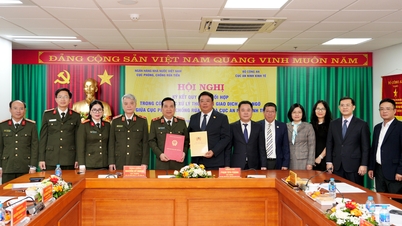


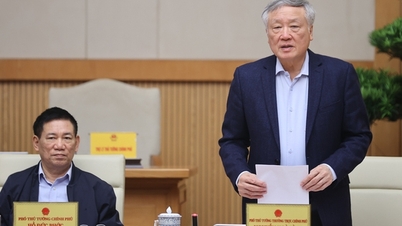


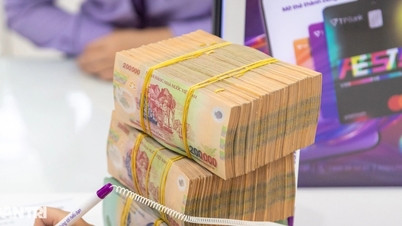





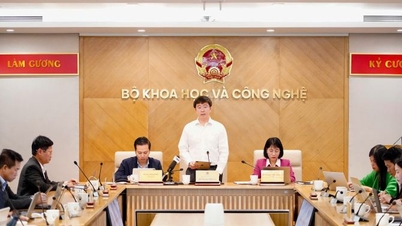










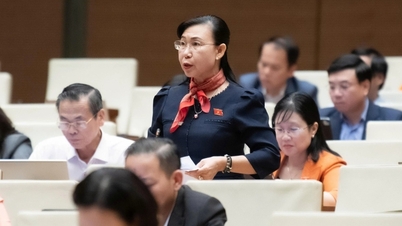
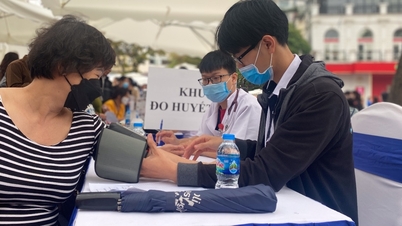



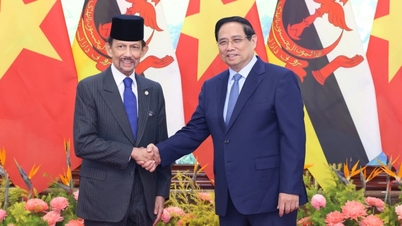











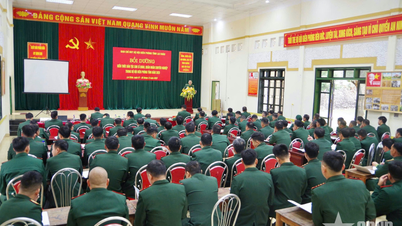


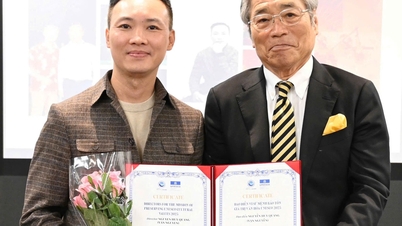










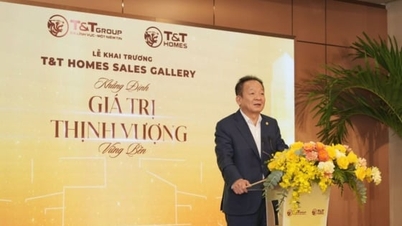










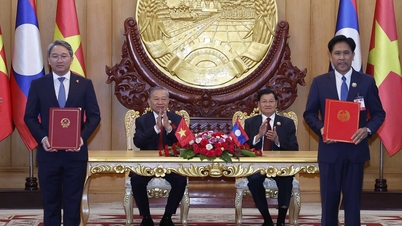








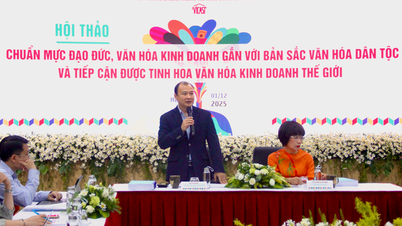
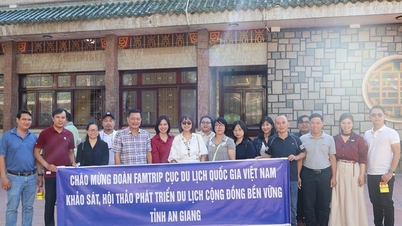

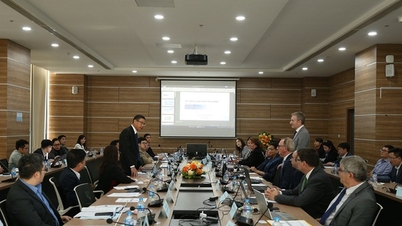







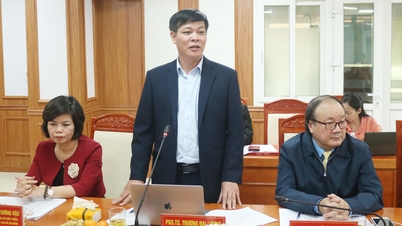















Comment (0)